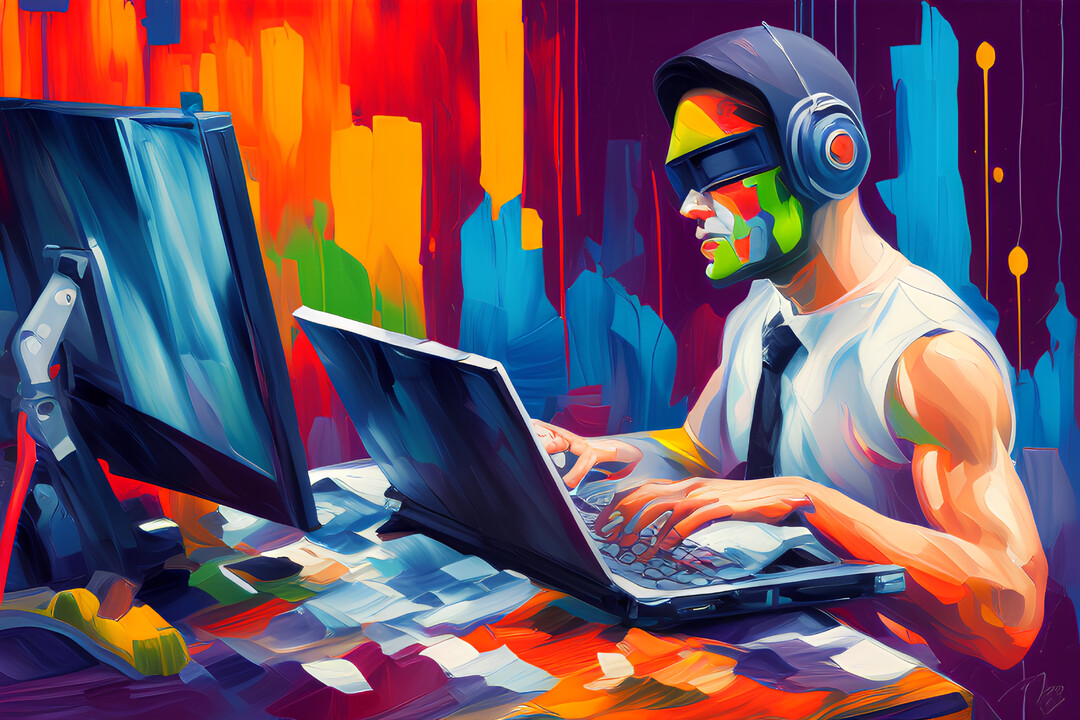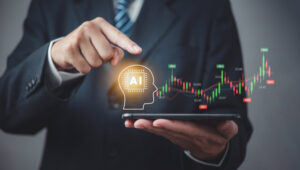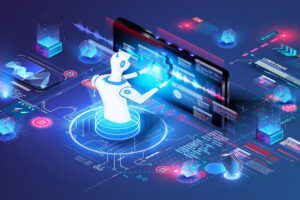AI in graphic design startups is revolutionizing the way creative professionals approach their projects. As technology advances, the intersection of artificial intelligence and graphic design is becoming more pronounced, offering innovative solutions and efficiencies for startups striving to make their mark in the industry.
In recent years, the integration of AI has opened up new avenues for creativity, enabling designers to push boundaries and redefine what is possible. This article will explore how AI is impacting the graphic design landscape, the benefits it offers to startups, and the potential challenges it presents.

The Rise of AI in Graphic Design
Artificial intelligence is no longer a futuristic concept; it’s a present reality impacting various industries, including graphic design. Startups are leveraging AI to automate repetitive tasks, enhance creativity, and improve the overall efficiency of design processes. The technology is capable of analyzing vast amounts of data, learning from patterns, and making informed decisions, which can significantly streamline the design workflow.
Benefits of AI for Startups
The integration of AI in graphic design provides numerous benefits for startups. One of the most significant advantages is the ability to automate mundane and time-consuming tasks, such as background removal, color correction, and layout adjustments. This allows designers to focus more on the creative aspects of their work.
Another key benefit is the enhanced ability to predict design trends. By analyzing data from various sources, AI can predict which styles and elements are likely to become popular, enabling startups to stay ahead of the curve and deliver designs that resonate with their target audience.
AI Tools Revolutionizing Graphic Design
Several AI-powered tools have emerged, each offering unique features that can transform the design process. For instance, tools like Piktochart provide designers with the ability to create stunning visuals with minimal effort. These tools often come equipped with templates, design suggestions, and automated features that simplify complex tasks.
Another notable tool is the use of neural networks in design. These networks can learn and replicate design patterns, enabling startups to produce consistent and high-quality outputs. For more on this, you can explore the role of neural networks in design.
Challenges and Considerations
While the benefits of AI in graphic design are clear, startups must also be aware of the potential challenges. One such challenge is the learning curve associated with new technologies. Designers need to familiarize themselves with AI tools and understand how to integrate them effectively into their workflows.
Additionally, there is the concern of over-reliance on AI. While AI can enhance creativity, it should not replace the human touch that is essential in design. Startups must strike a balance between utilizing AI for efficiency and maintaining the unique artistic vision that sets them apart.
Future Outlook
The future of AI in graphic design startups is promising. As technology continues to evolve, we can expect even more sophisticated tools and applications that will further enhance the design process. Startups that embrace these changes and adapt to new trends will likely find themselves at the forefront of the industry.
For example, AI for 3D modeling is becoming increasingly popular, allowing designers to create intricate models with ease. Similarly, AI is being used in architectural visualization, providing startups with powerful tools to bring their visions to life.

Conclusion
In conclusion, AI in graphic design startups is a game-changer, offering a wealth of opportunities for innovation and growth. By embracing AI, startups can enhance their creative processes, improve efficiency, and remain competitive in a rapidly changing industry. However, it’s crucial to remember that while AI can augment creativity, the human element remains irreplaceable in delivering truly unique and impactful designs.
FAQs
Q1: How is AI changing graphic design?
A: AI is automating repetitive tasks, enhancing creativity, and providing insights into design trends, making the design process more efficient.
Q2: Can AI replace human designers?
A: While AI can assist designers by automating tasks and providing creative suggestions, it cannot replace the unique human touch and artistic vision necessary for design.
Q3: What are some popular AI tools for graphic design?
A: Popular tools include Piktochart and neural networks, which offer features like templates, design suggestions, and automated processes to simplify the design workflow.







